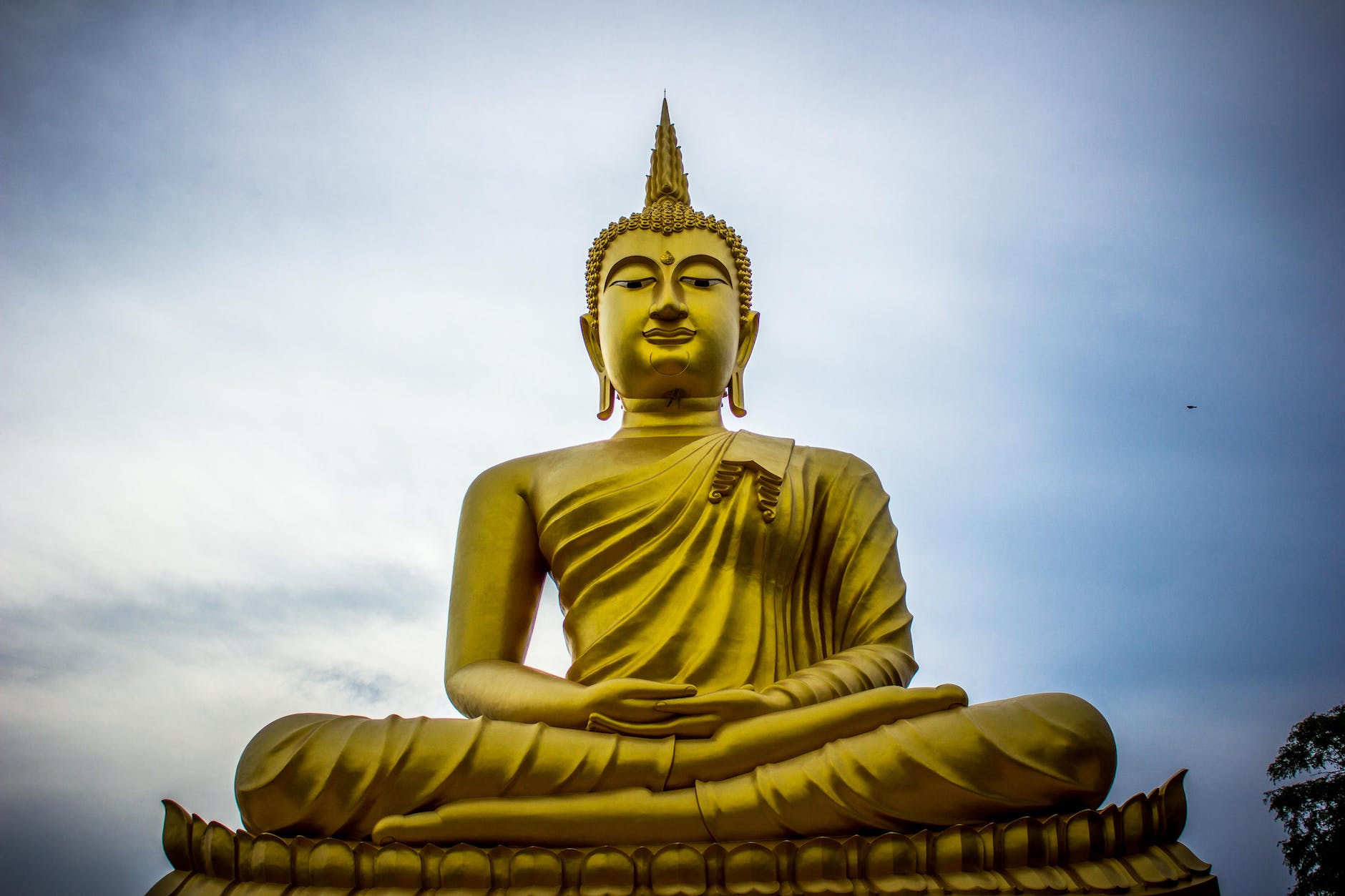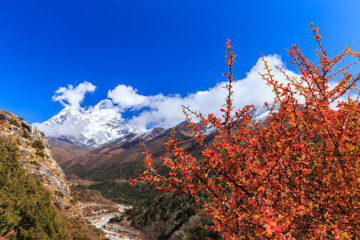Finding the Enlightened One: Birth place of Gautama Buddha located at Lumbini, Nepal
In the middle of the peaceful area in Nepal you could hear a murmur of the ancient time history from millennium. However, Lumbini is a small town in Rupandehi district of Nepal considered as sacred ground as that was the place where the great Gautama Buddha came into the world. This is a fascinating place that brings people of all sorts including priests, scholars, and tourists. They want to enjoy the spiritual life of one of the biggest religious leaders in the history.

The Birth of Gautama Buddha:
Lumbini, situated in the foothills of the Himalayas, cradles the significance of Gautama Buddha’s birth. According to Buddhist tradition, Queen Maya Devi, the wife of King Suddhodana of the Shakya clan, gave birth to Siddhartha Gautama in the gardens of Lumbini around 563 BCE. The event is surrounded by legends of auspicious signs and celestial beings, creating an aura of divine grace that continues to captivate those who visit this sacred site.
Exploring Lumbini:
Today, Lumbini has been developed into a UNESCO World Heritage Site, preserving the archaeological remains and the spiritual essence of Buddha’s birthplace. A visit to Lumbini is a meditative experience, with key attractions inviting introspection and reverence:
- Maya Devi Temple: The Maya Devi Temple is the focal point of Lumbini and is believed to stand at the exact spot where Queen Maya Devi gave birth to Siddhartha Gautama. The temple houses a marker stone indicating the birthplace and a beautiful carving depicting the birth scene.
- Ashoka Pillar: Emperor Ashoka of India, a devoted follower of Buddhism, visited Lumbini in the 3rd century BCE and erected a commemorative pillar. The Ashoka Pillar, with its inscription detailing Ashoka’s pilgrimage, is a testament to the early recognition of Lumbini’s sanctity.
- Lumbini Museum: The Lumbini Museum provides a comprehensive insight into the history of Lumbini and the life of Gautama Buddha. Exhibits include archaeological artifacts, ancient scriptures, and depictions of Buddha’s life and teachings.
- Sacred Garden: The Sacred Garden is a peaceful area surrounding the Maya Devi Temple, adorned with colorful prayer flags, beautiful ponds, and various monuments donated by Buddhist communities worldwide. Pilgrims often engage in meditation and prayer within this serene environment.
Impact of Gautama Buddha’s Teachings:
Beyond the sacred sites of Lumbini, the teachings of Gautama Buddha have left an enduring legacy. The Four Noble Truths—acknowledging suffering, its cause, the possibility of its cessation, and the path leading to its cessation—form the cornerstone of Buddhist philosophy. The Eightfold Path, advocating right understanding, intention, speech, action, livelihood, effort, mindfulness, and concentration, serves as a guide for ethical and mindful living.
Gautama Buddha’s message of compassion, mindfulness, and the pursuit of enlightenment has transcended geographical and cultural boundaries, influencing countless lives and shaping the spiritual landscape of the world.
Conclusion:
A pilgrimage to Lumbini is not merely a journey through physical space; it is a spiritual odyssey that allows one to connect with the profound teachings of Gautama Buddha. Standing on the hallowed grounds where the Enlightened One took his first breath, visitors are reminded of the timeless wisdom that continues to inspire seekers of truth and inner peace.
As you wander through the sacred sites of Lumbini, you may find yourself immersed in a sense of serenity and contemplation—a poignant reminder of the transformative journey initiated by a prince born in the quietude of Lumbini, Nepal, who went on to become Gautama Buddha, the awakened one.
![]()


0 Comments